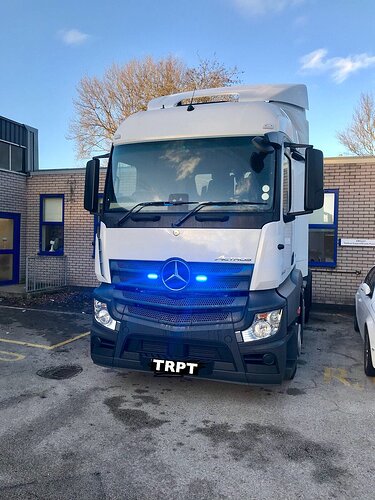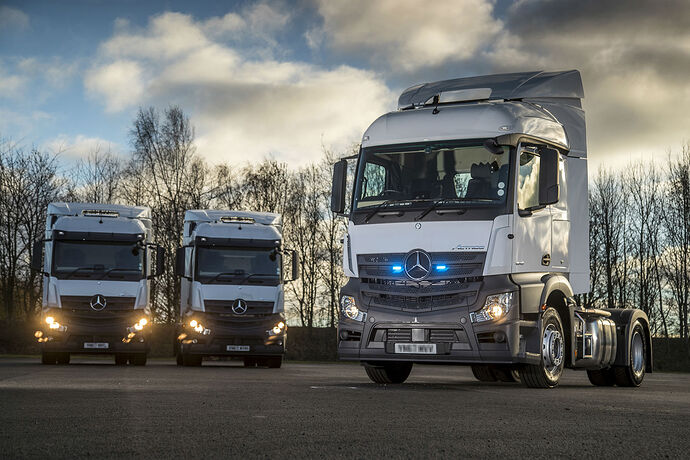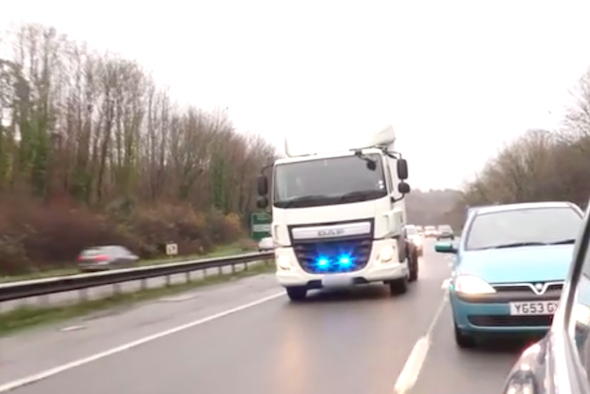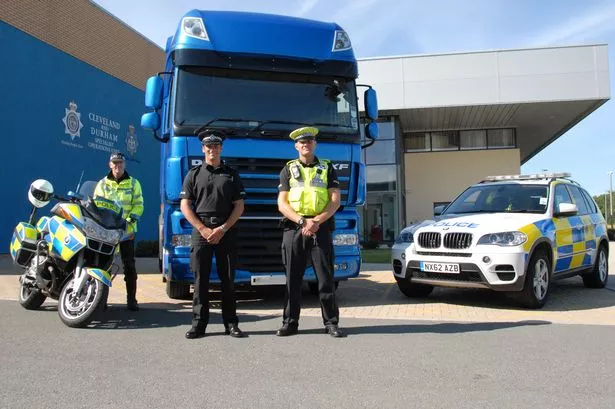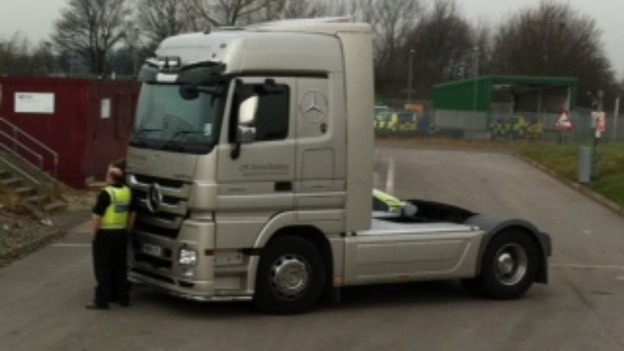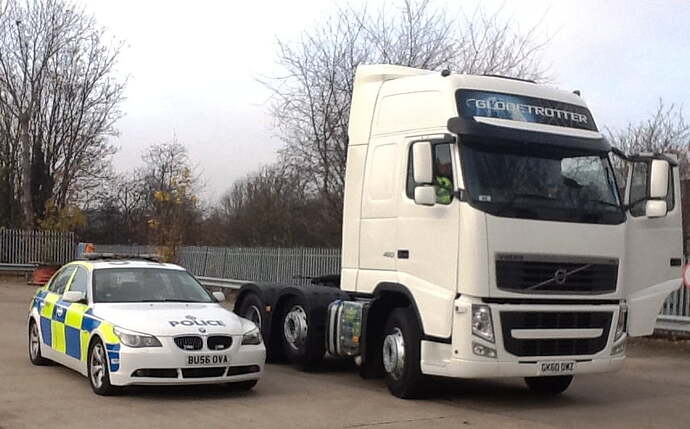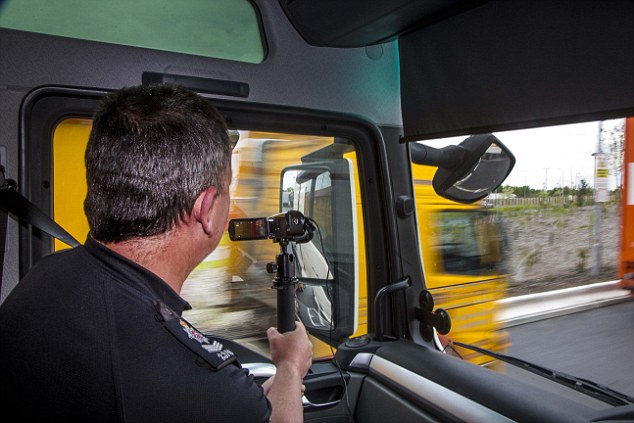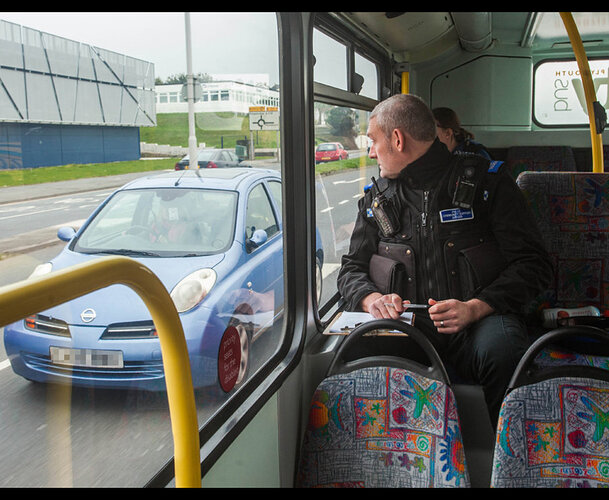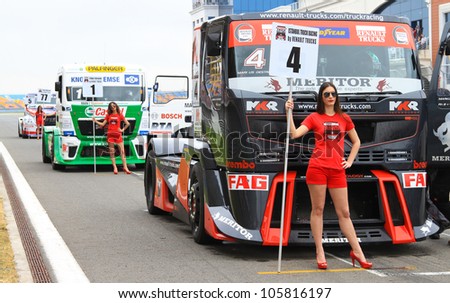Taken from an article by by Lisa Edwards of PetrolPrices.com
Traffic police using unmarked HGVs to spy on thousands of drivers
 Image: Pixabay
Image: Pixabay
Caught out at the wheel
The lorries don’t tow trailers and, the officers sit in the cab, one driving and the other with a video camera to record offences. Northamptonshire police are the latest to admit to using this tactic and caught 43 drivers committing over 50 offences in a recent session. The higher viewpoint means that officers can look into cars and see what drivers are doing, said PC David Lee of the force.
Nothing new
A total of 28 forces have used the HGV cab safety initiative since it was started in April 2015. Over 4,100 drivers have been pulled over in relation to over 5,000 offences during the first two years – almost two-thirds were driving and using a mobile phone at the same time. Other offences included drivers steering with their knees and even brushing their teeth while behind the wheel.
The Road Police Unit from Surrey Police enjoys showing some of the ridiculous – and dangerous – things they have spotted since using an HGV. Have a look here: https://twitter.com/i/moments/894570962364100608
Strange driving practices
Two delivery drivers were caught inhaling nitrous oxide, a substance that is illegal for human consumption, in their parked van in Birmingham. Another driver was seen driving along a London road eating cereal with a spoon and bowl, that car must’ve been quite messy! Other more common offences including not wearing seatbelts and not being in proper control of the vehicle.
Using a mobile phone while driving remains the top reason that the unmarked HGVs have stopped drivers. One sting in Kent in March operated for three days and stopped 44 drivers, 31 of which were using their mobile phones behind the wheel. This now carries six penalty points and a £200 fine if you are caught using a hand-held phone. Bluetooth headsets, voice command or dashboard holders are all acceptable alternatives.
Unmarked car rights
Unmarked cars and vehicles do have the right to stop drivers but the officers driving the vehicles must have a police uniform on when they get out. They don’t have to have a reason to stop someone and can ask for your name, date of birth and to see documents such as driving license, insurance and MOT certificate. These can be delivered later to a police station if you don’t have them on you within seven days.
If you are unsure that the vehicle is a genuine unmarked police car, the official police advice is to drive to the nearest police station or a public place such as a petrol station. Even an occupied house could do in remote areas but don’t stop somewhere where no-one is around.
Signal to the car to show you have acknowledged them, and a real police vehicle will happily follow you. You can also use hands-free devices to call 999 if you are worried and they can check the details of the vehicle. Don’t drive off at high speed, however, or real police will think you are trying to get away!
